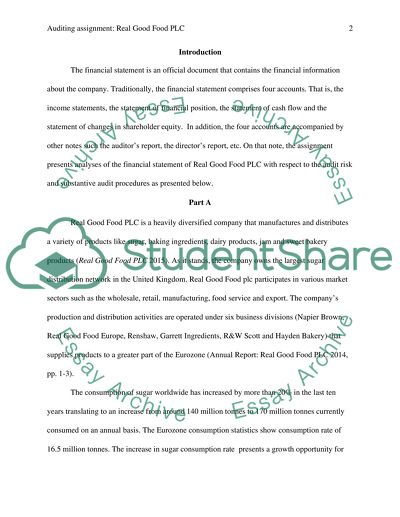Cite this document
(“Auditing- report of the real good food Assignment”, n.d.)
Retrieved from https://studentshare.org/finance-accounting/1689205-auditing-report-of-the-real-good-food
Retrieved from https://studentshare.org/finance-accounting/1689205-auditing-report-of-the-real-good-food
(Auditing- Report of the Real Good Food Assignment)
https://studentshare.org/finance-accounting/1689205-auditing-report-of-the-real-good-food.
https://studentshare.org/finance-accounting/1689205-auditing-report-of-the-real-good-food.
“Auditing- Report of the Real Good Food Assignment”, n.d. https://studentshare.org/finance-accounting/1689205-auditing-report-of-the-real-good-food.


